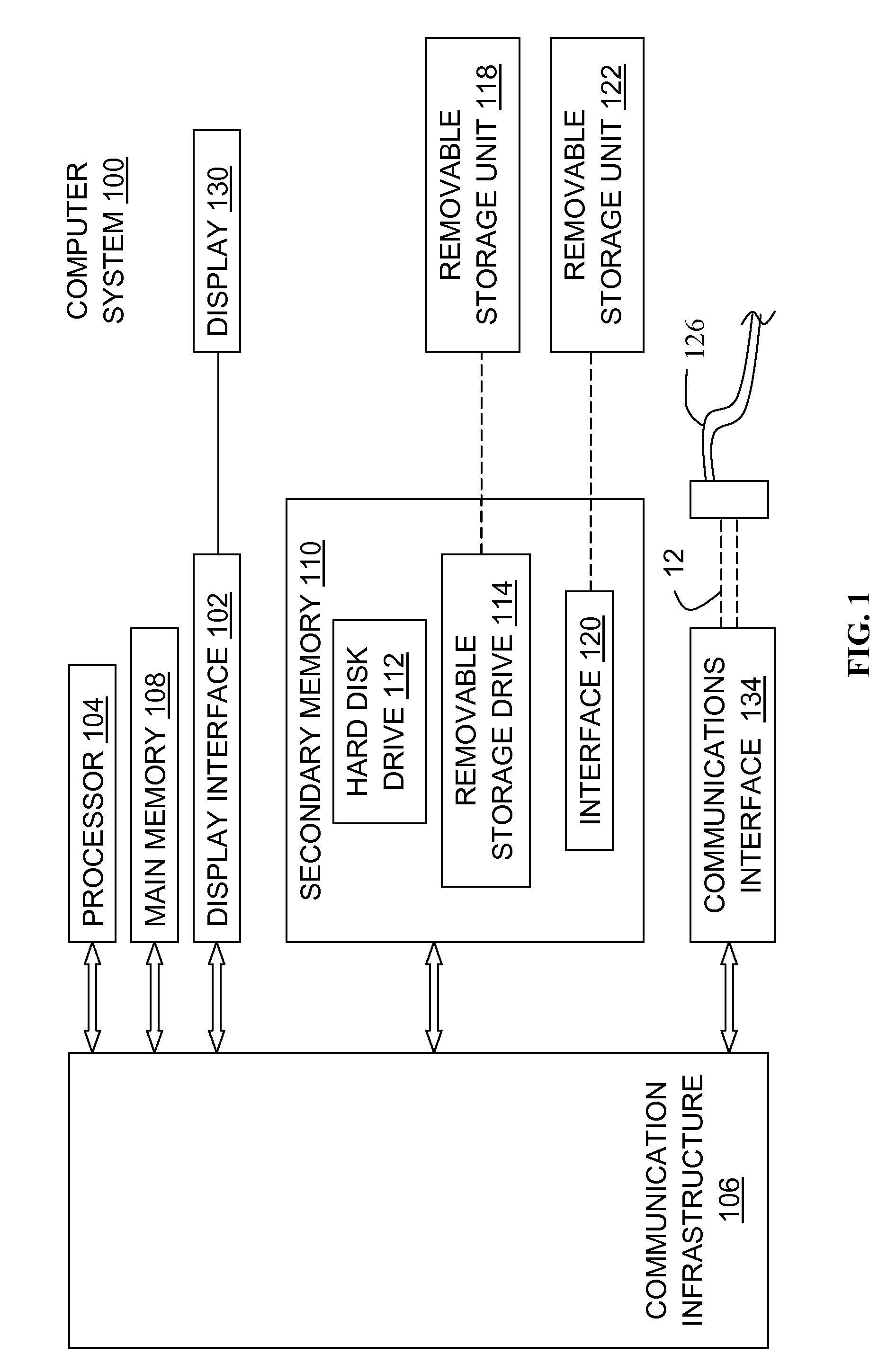Self-Programming Thermostat System, Method and Computer Program Product
a self-programming and thermostat technology, applied in the direction of instruments, heating types, static/dynamic balance measurement, etc., can solve the problems of adding high variability and uncertainty to the performance of buildings, and achieve the effects of reducing inefficiency, high variability and uncertainty of building performance, and optimizing highly energy-efficiently
- Summary
- Abstract
- Description
- Claims
- Application Information
AI Technical Summary
Benefits of technology
Problems solved by technology
Method used
Image
Examples
example 1
[0106 includes a self-programming thermostat control system that automatically senses, creates and suggests highly energy efficient and optimized setback schedules for controlling energy consumption within a space in a controllable and predictable manner for a user in accordance with consistently changing historical occupancy patterns of a space, said system comprises:
[0107]a. detecting means for detecting said occupancy rates;
[0108]b. timing means for capturing said time interval data;
[0109]c. frequency means for determining the rate and consistency at which these detecting means detect varying occupancy rates at these different time intervals that correspond with different user-based activity functions;
[0110]d. storage means for aggregating historical occupancy rates generated by the detecting means in conjunction with the timing and frequency means;
[0111]e. programming means for reading, analyzing, and modeling the collected historical occupancy rates from the detecting means at ...
example 2
[0113 may optionally include the system of example 1, wherein said space is a heated and / or cooled space or space that can be heated and / or cooled in the future such as a home, building, dwelling, aircraft, watercraft, train, or automobile.
example 3
[0114 may optionally include the system of example 1 (as well as subject matter of one or more of any combination of examples 1-2), wherein said user comprises of an occupant or official that manages the space from within or from an external location.
PUM
 Login to View More
Login to View More Abstract
Description
Claims
Application Information
 Login to View More
Login to View More - R&D
- Intellectual Property
- Life Sciences
- Materials
- Tech Scout
- Unparalleled Data Quality
- Higher Quality Content
- 60% Fewer Hallucinations
Browse by: Latest US Patents, China's latest patents, Technical Efficacy Thesaurus, Application Domain, Technology Topic, Popular Technical Reports.
© 2025 PatSnap. All rights reserved.Legal|Privacy policy|Modern Slavery Act Transparency Statement|Sitemap|About US| Contact US: help@patsnap.com



